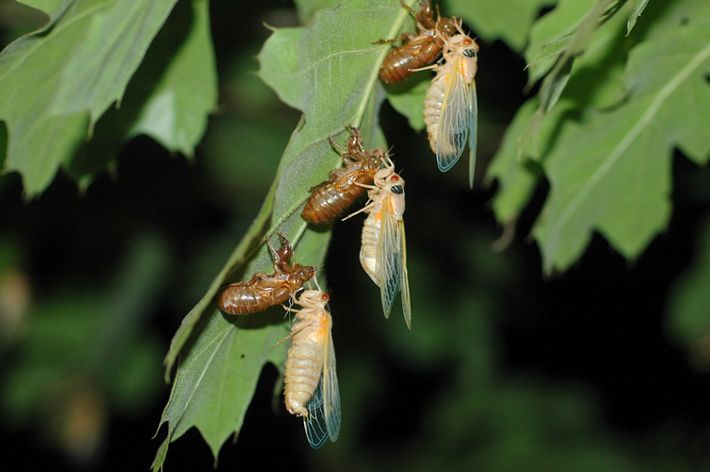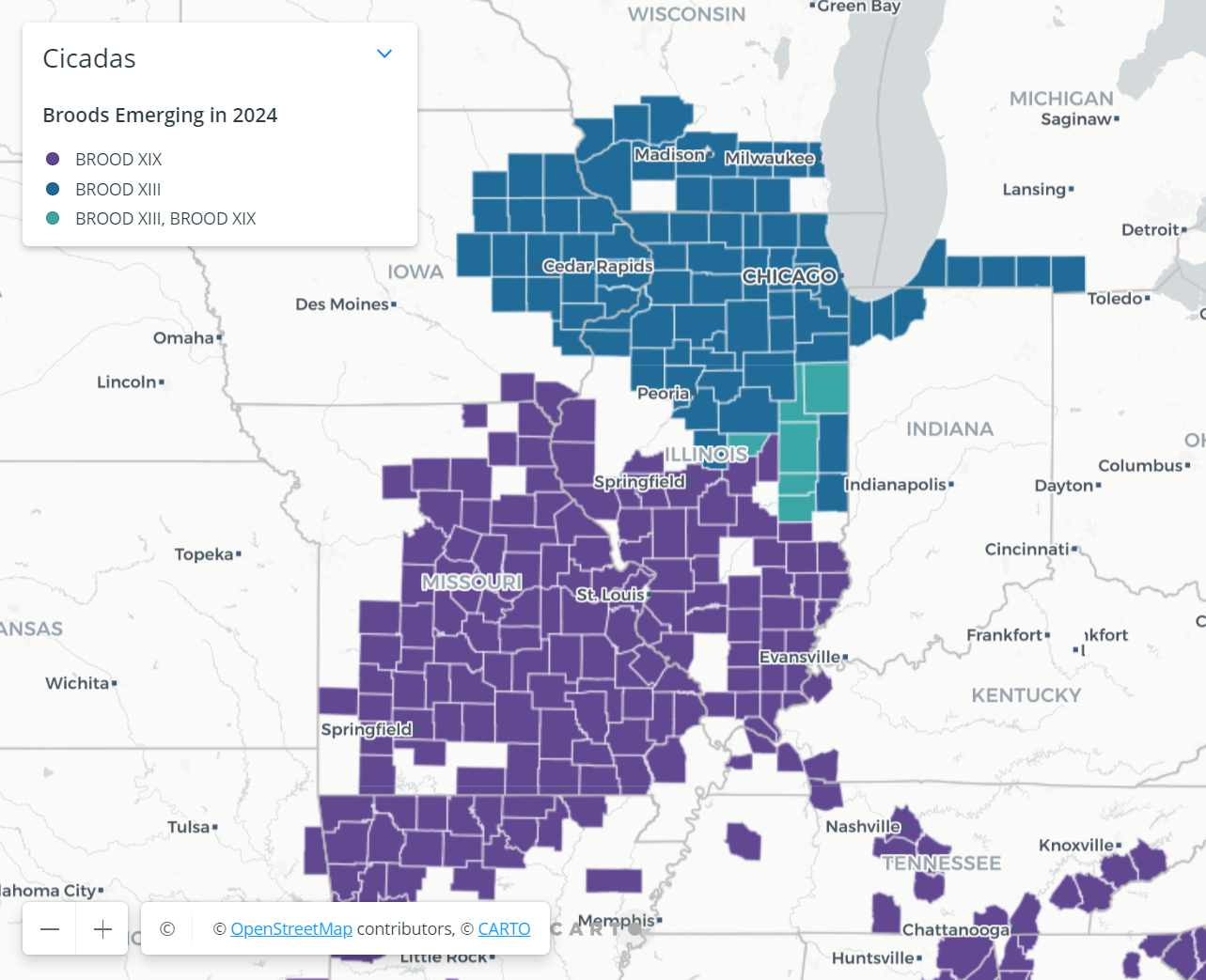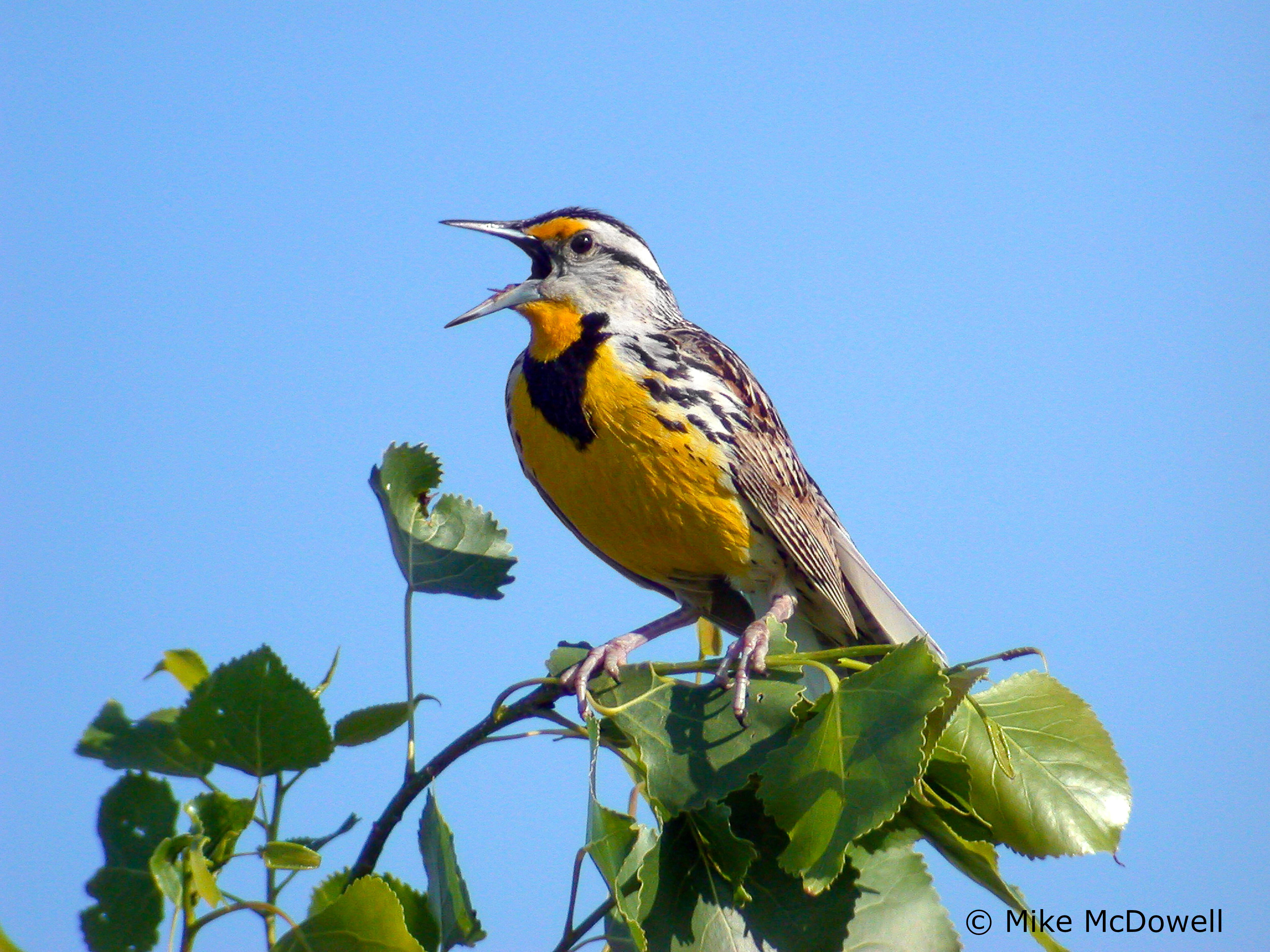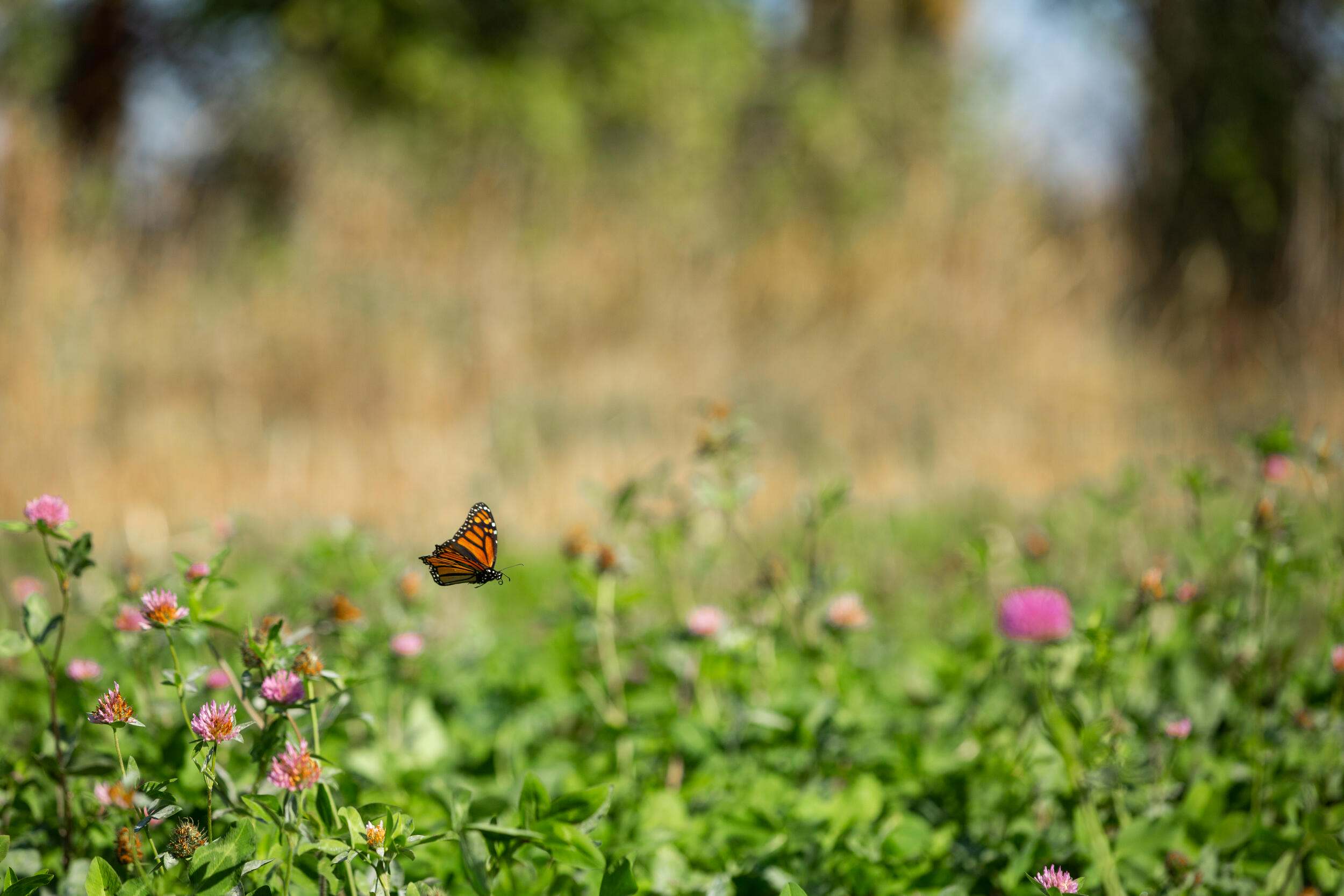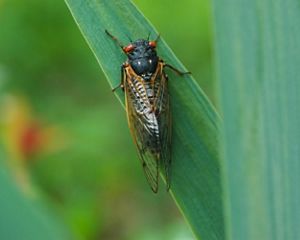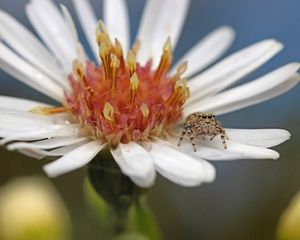Illinois’ Summer Cicada Symphony: 200 Years in the Making
Everything you need to know about the double-brood periodical cicadas emerging in the Prairie State.
Picture this: you’re taking a walk on a warm day in June, admiring the sun’s rays shining through trees swaying in the breeze. One collective sound rises above the rest of nature’s symphony: the inescapable hum of hidden cicadas.
This iconic cicada cacophony can be heard most summers in Illinois, but 2024 is a particularly special year for these critters. Two broods, or groups of periodical cicadas, are emerging simultaneously for the first time in 200+ years (since 1803), and Illinois is one of two states (the other being Iowa) where both broods will be making an appearance.
Keep reading to find out who will be a part of this year’s cicada chorus, what they contribute to nature’s band, where you can go to hear their songs in Illinois and more.
Cicada Broods to Expect in This Year’s Emergence
This spring, two broods are sprouting at the same time in the Prairie State for the first time since 1803—Brood XIII and Brood XIX—and they won't cross paths like this again until 2245.
Periodical cicadas spend most of their lives underground, emerging after 13 or 17 years (depending on the species) to transform, reproduce and eventually die over the course of just a few days. Characterized by their big red eyes and orange-veined wings, they leave quite the impression in the short time they are above ground.
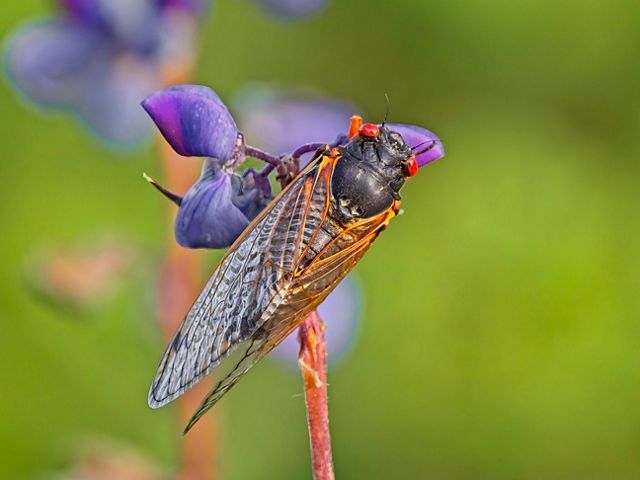
Cicada Brood XIII Fast Facts
Nickname: Northern Illinois brood
Species included: Magicicada cassini, Magicicada septendecim, Magicicada septendecula
Life-cycle length: 17 years
Emergence range: Illinois, Iowa, Indiana, Michigan and Wisconsin
Source: University of Connecticut Biodiversity Research Collection

Cicada Brood XIX Fast Facts
Nickname: Great Southern brood
Species included: Magicicada neotredecim, Magicicada tredecim, Magicicada tredecassini, Magicicada tredecula
Life-cycle length: 13 years
Emergence range: Illinois, Iowa, Louisiana, Maryland, Missouri, North Carolina and Virginia
Source: University of Connecticut Biodiversity Research Collection
“These cicadas spend 16 years underground drinking the sap from tree roots, so you only find them near trees and forest habitat,” explains Dr. Elizabeth Bach, the research scientist at TNC’s Nachusa Grasslands Preserve (one of TNC’s preserves that will witness a brood XIII emergence this year).
Once they begin to emerge, the symphony will begin. Illinois residents can expect to see, or more likely hear, trillions of cicadas this spring. This happens as a result of an evolutionary survival strategy called predator satiation. When a population of organisms shows up in mass, predators get their fill, but can’t possibly eat all the creatures. This ensures that plenty of cicadas will live on and reproduce. For cicadas, there is certainly safety in numbers.
Quote: Dr. Elizabeth Bach
After 17 years, they emerge from the ground as semi-adults. They harden into their exoskeletons and become full-fledged adults, and then they spend a couple of weeks calling for mates.

Brood XIII Cicadas Calling for Mates
At Nachusa Grasslands, mating season for Northern Illinois Brood XIII cicadas is in full swing.
Cicadas calling for mates.
After the cicadas mate, the females will lay their eggs in the branches of trees. Once the eggs hatch, the nymphs will crawl back into the ground near the tree’s roots where they will spend years growing before emerging another 17 years from now. And just like that, the cycle repeats. Not much is known about what happens while they’re underground since we can’t see it, but they are likely not moving around or communicating with each other down there.
The exact emergence timing varies by location and other factors, the largest being soil temperatures. Soil must reach 64 degrees Fahrenheit before cicadas begin to come out. For example, soil is warmer near pavement, so areas in or near cities like Chicago are expected to see a faster emergence than other locations. Some cicadas have already begun to emerge at preserves like TNC’s Indian Boundary Prairies Preserve and will continue to do so through mid-June.

We Can’t Protect Nature Without You
Sign up to receive monthly conservation news and updates from Illinois. Get a preview of Illinois’ Nature News email.
Illinois Emergence Map
Since periodical cicadas are dependent on trees for sustenance, they are most likely to be found in forested habitat with plenty of trees. The Nature Conservancy has preserves that lie in both the Northern Illinois brood (XIII) region and the Great Southern brood (XIX) region.
Explore the map to see what preserves are near you and which brood you'll be able to hear by visiting.
Nachusa Grasslands
Nachusa Grasslands, located about 2 hours west of Chicago, offers 4,000 acres of restored, remnant prairie where the Northern Illinois brood of cicadas call home.
Plan your visit to Nachusa to hear Brood XIII in-person this summer.

IBP
Indian Boundary Prairies (IBP), located just south of Chicago, offers rare black soil prairie, sand prairie and sedge meadow that doubles as habitat for the Northern Illinois brood of cicadas.
Plan your visit to IBP to hear Brood XIII in-person.

Kankakee Sands
The Northern Illinois brood of cicadas have been burrowed in Kankakee Sands’ sandy soils for 17 years.
Plan your visit to one of the four natural areas at Kankakee Sands to hear Brood XIII in-person this summer.
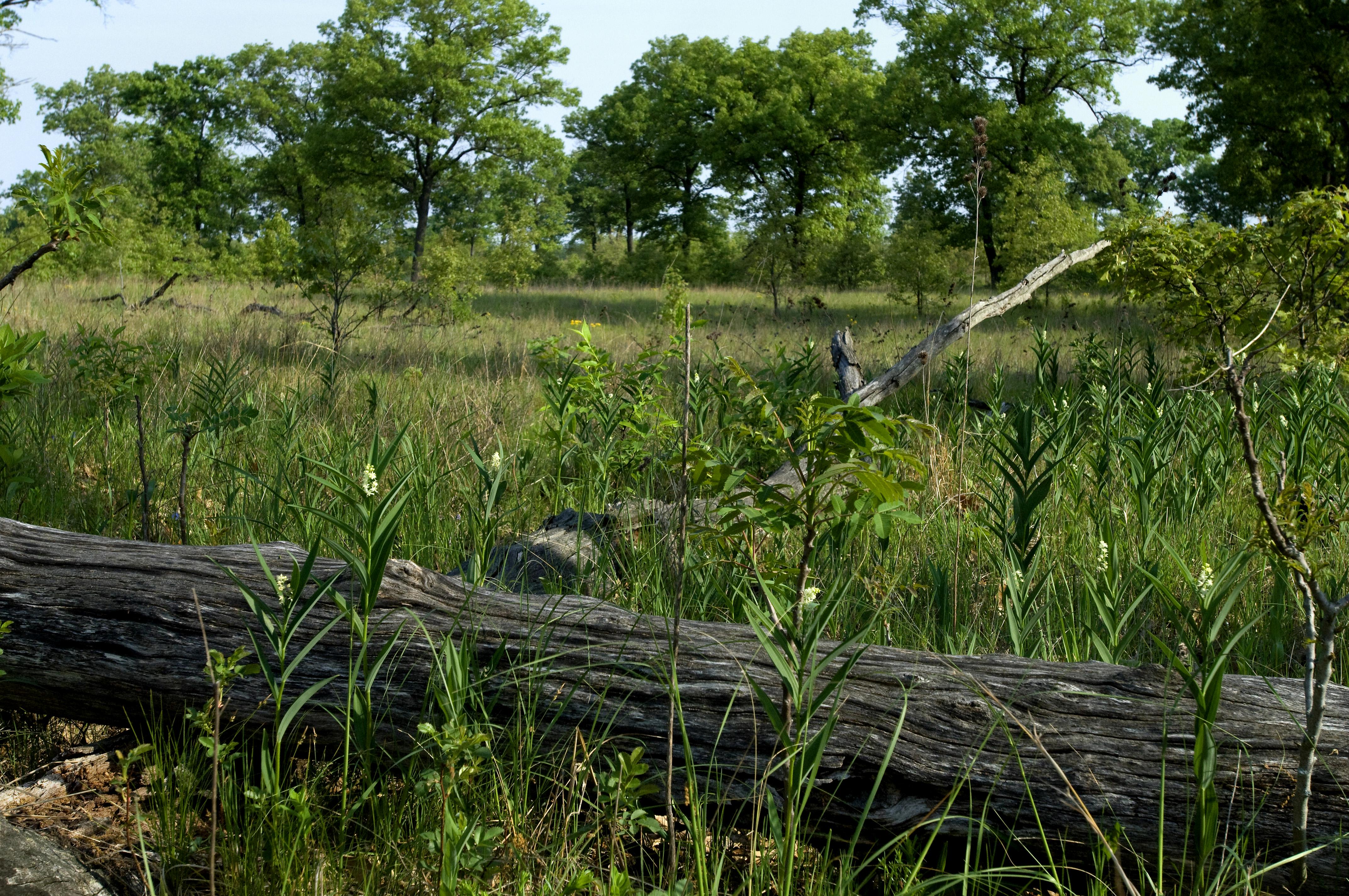
Cache River Wetlands
The Cache River region’s ancient cypress swamps make a unique habitat for the Great Southern brood of cicadas to emerge from.
Plan your visit to the Cache River Wetlands to hear Brood XIX in-person this summer.
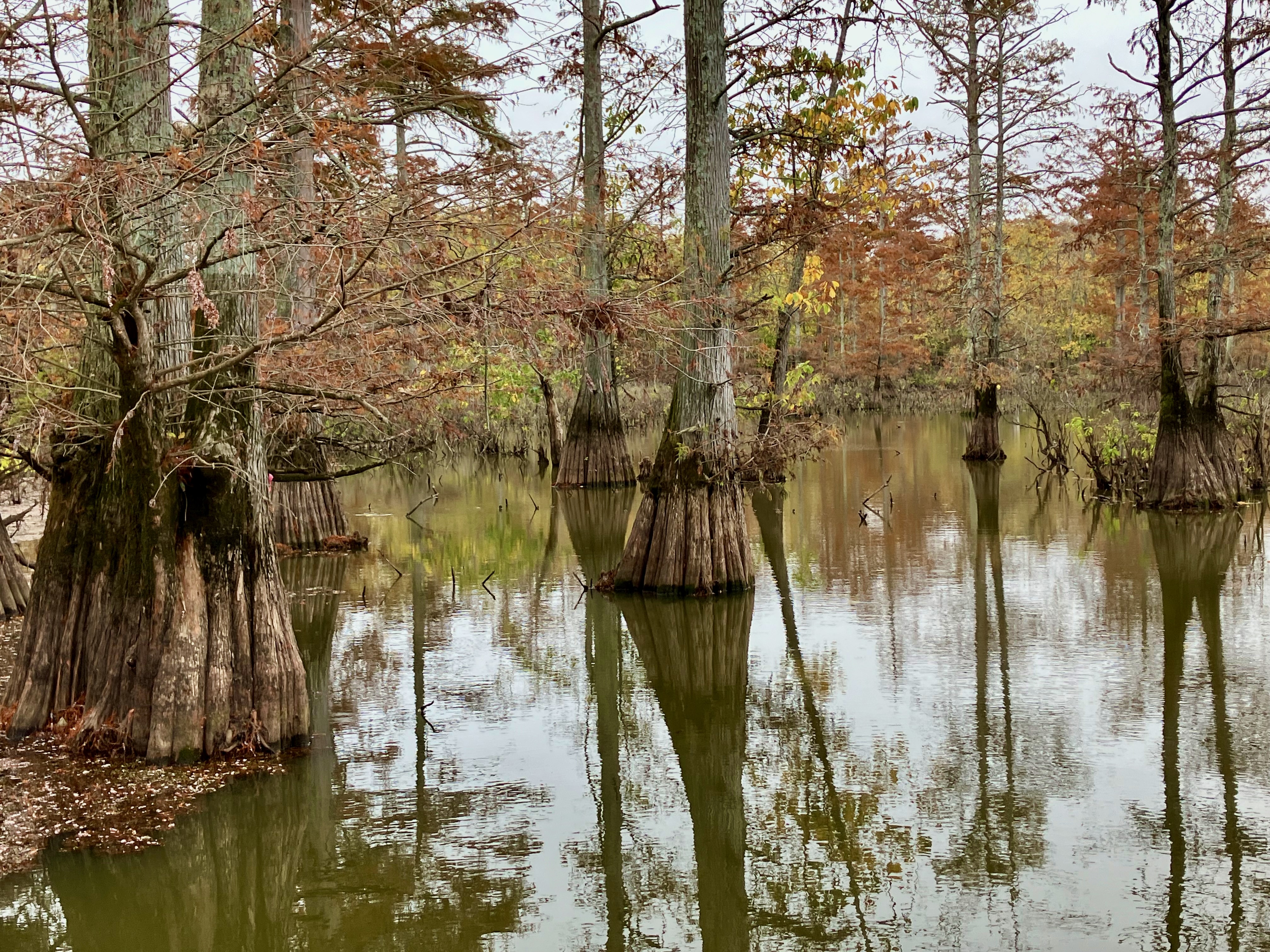
Midewin
Midewin National Tallgrass Prairie’s 20,000 acres of tallgrass prairie offers plenty of space for the Northern brood of cicadas to emerge.
Plan your visit to Midewin to hear Brood XIII in-person this summer.
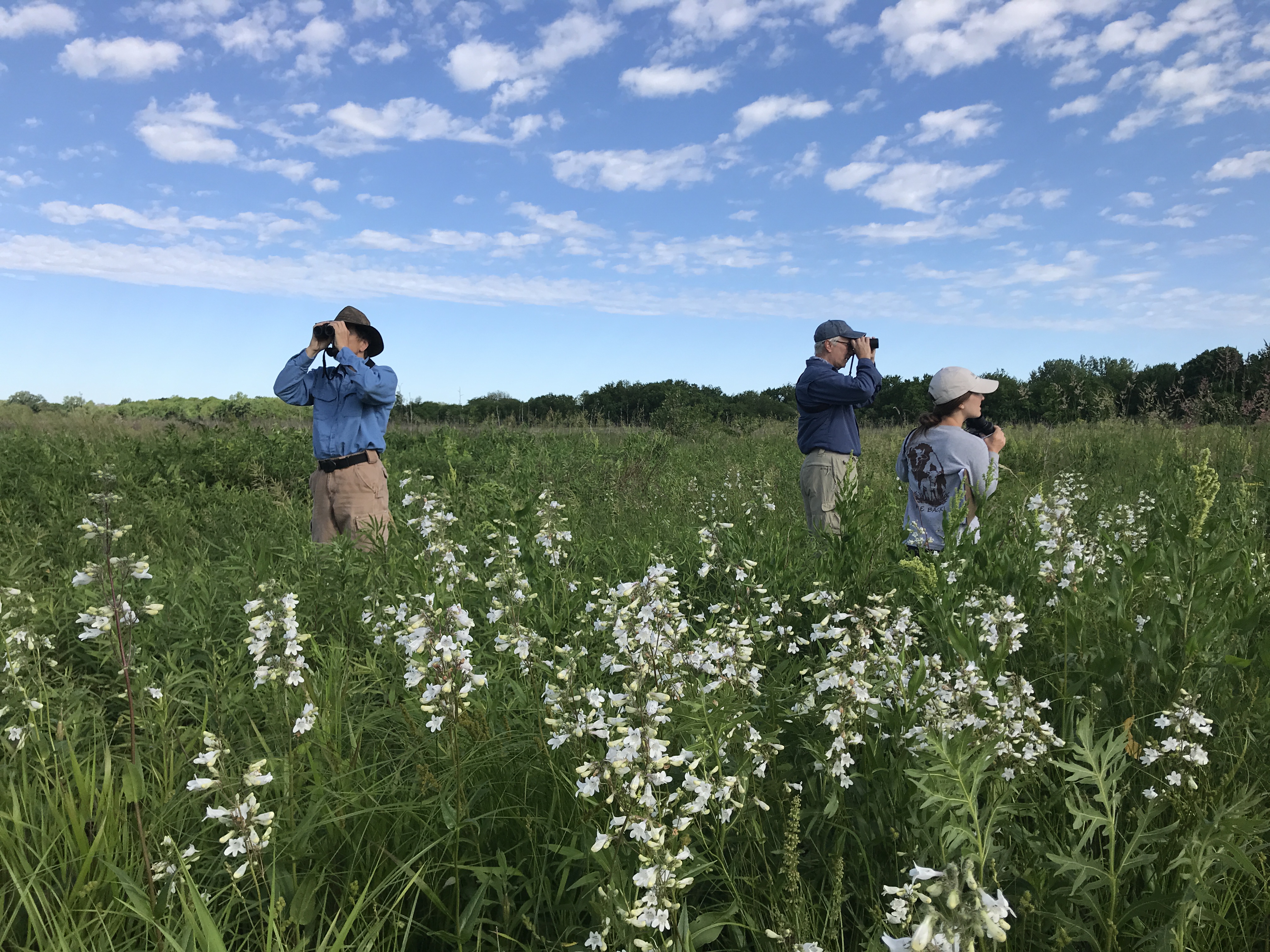
The Cicada’s Contributions to Ecosystems
Despite their noisiness, periodical cicadas are a natural wonder that can provide a number of environmental benefits for the ecosystems they live in.
-
Cicadas are a huge food source for wildlife.
Billions of cicadas will be emerging in Illinois this year. Many of them will serve as a valuable food source for birds and other natural predators, bolstering wildlife across the state.
-
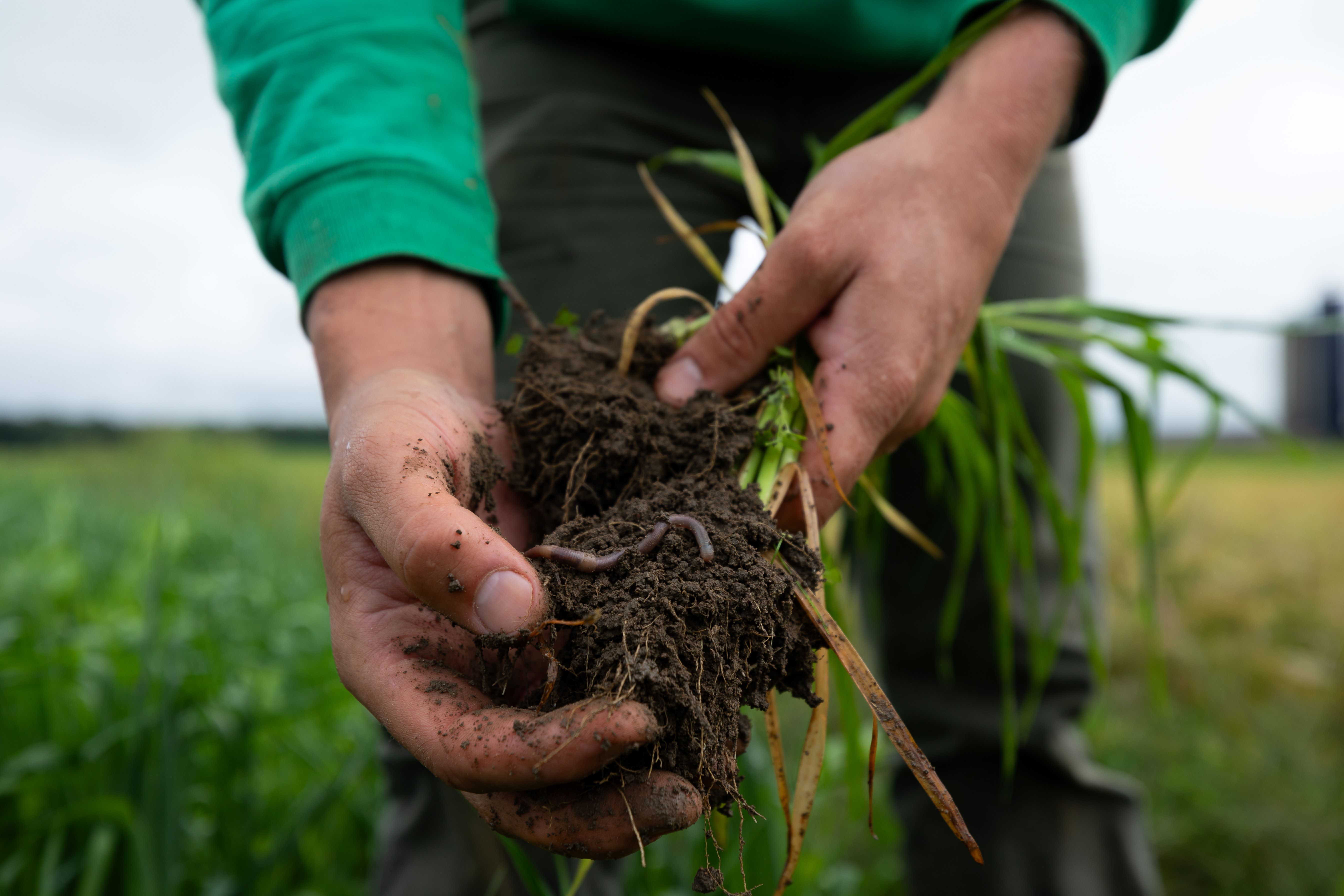
The holes dug during the emergence helps aerate soil and filter water.
While it may muddy up your lawn in the short term, the holes dug up by cicadas when they emerge will help in the long term by aerating the ground, allowing more water and oxygen to reach the soil that bolsters healthy plant and tree growth.
-
Their bodies provide key nutrients needed for healthy soil.
Like any carbon-based life-form, cicadas will eventually die and decompose in soil, releasing rich nutrients like nitrogen and carbon that help plants grow.
Support Our Work in Illinois
You can help us do important conservation work in Illinois and beyond.
Donate NowEffects of Climate Change on Cicadas
The biggest surprise of this year’s cicada emergence is how early they are coming out, appearing several weeks earlier than researchers expected.
A consequence of rising temperatures is lengthened growing seasons for the plants cicadas feed on. Longer growth seasons speed up and intensify cicadas’ development while still underground, which can cause some stragglers to emerge early. If enough of them fall into this early emergence pattern, the entire population could potentially shift timing permanently.
Similar to many other insects, cicada habitat ranges have also been shifting northward in recent years. As the climate warms, the normal range of plants and trees has gradually moved further up north, forcing cicadas to relocate to be near their preferred food sources.


How You Can Help Cicadas
With cicadas popping up all over the state, you may be wondering how they will affect your pets, plants or yard. Good news: cicadas are harmless on all counts.
While they may emit a piercing screech to attract a mate, they do not bite or sting and are not poisonous to humans, dogs or cats. They also do not eat plants and will not kill mature trees and shrubs they may lay their eggs on. If you are worried about potential damage, the best thing to do is to cover your trees with netting. Spraying the tree with chemicals won’t stop the cicadas and may poison the animals that eventually eat them, so avoid pesticides.
Despite the blaring mating calls yet to come, Illinois residents have many reasons to be excited for this rare combination of cicada broods showing up in huge numbers this year. Enjoy the concert!

Stay Connected to Cicadas
Help track this exciting natural phenomenon using phone apps like Cicada Safari and iNaturalist to record observations that can help to determine if or how a brood’s range may have shifted since they last emerged.
Post your best cicada shots on social media too! Share your favorite photos and tag us on Instagram at @nature_illinois to keep the cicada conversations going.

